Presentation
Known to the respiratory clinic with chronic breathing problems. No occupational history of significance.
Patient Data
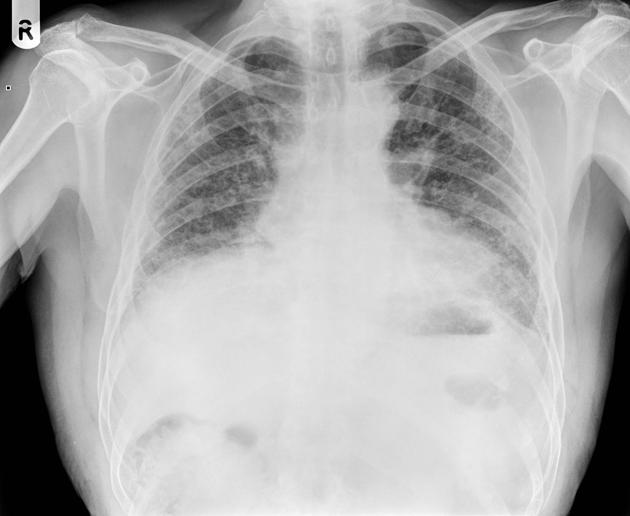
Small volume lungs with bilateral increased interstitial markings, most pronounced peripherally, without a zonal predominence.
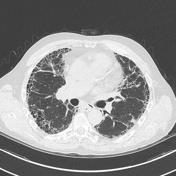

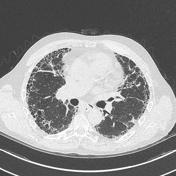

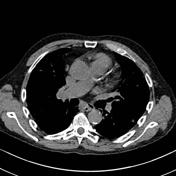

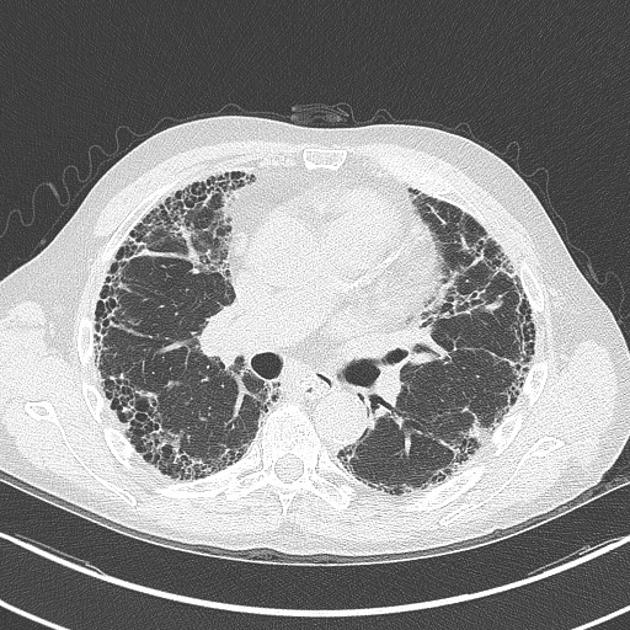
Extensive honeycombing throughout both lungs in a subpleural and basal distribution with consequential tractional bronchiectasis.
Case Discussion
This case of severe pulmonary fibrosis demonstrates extensive honeycombing of the lungs in a definite UIP pattern.
The potential causes of usual interstitial pneumonia (UIP) are long, with idiopathic pulmonary fibrosis being the most common.




 Unable to process the form. Check for errors and try again.
Unable to process the form. Check for errors and try again.